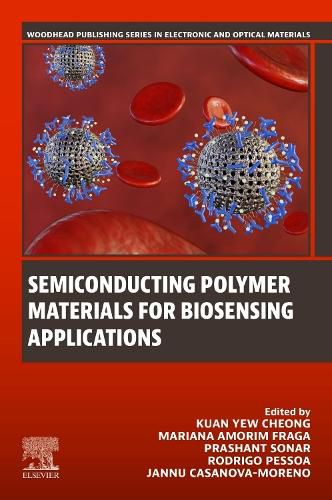Readings Newsletter
Become a Readings Member to make your shopping experience even easier.
Sign in or sign up for free!
You’re not far away from qualifying for FREE standard shipping within Australia
You’ve qualified for FREE standard shipping within Australia
The cart is loading…






Semiconducting Polymer Materials for Biosensing Applications provides a comprehensive look at semiconducting polymer materials and their deposition, characterization and use in biosensors. The book begins with an introduction to the key materials and background of essential technologies. Major types of monomer chemistries and fabrication of polymer materials are discussed, with a focus on semiconducting films suitable for use in (bio)sensors. A survey of the state-of-the-art for organic thin-film polymer semiconductor sensor-based fabrication methods for materials and devices covers a wide range of chemical, material, physical and advanced fabrication techniques.
The book concludes with a chapter on theoretical insights for designing sensors, (bio)sensors for medical, food and environmental applications and the future of sensors. This book is suitable for materials scientists and engineers and biomedical engineers in academia or industry.
$9.00 standard shipping within Australia
FREE standard shipping within Australia for orders over $100.00
Express & International shipping calculated at checkout
Semiconducting Polymer Materials for Biosensing Applications provides a comprehensive look at semiconducting polymer materials and their deposition, characterization and use in biosensors. The book begins with an introduction to the key materials and background of essential technologies. Major types of monomer chemistries and fabrication of polymer materials are discussed, with a focus on semiconducting films suitable for use in (bio)sensors. A survey of the state-of-the-art for organic thin-film polymer semiconductor sensor-based fabrication methods for materials and devices covers a wide range of chemical, material, physical and advanced fabrication techniques.
The book concludes with a chapter on theoretical insights for designing sensors, (bio)sensors for medical, food and environmental applications and the future of sensors. This book is suitable for materials scientists and engineers and biomedical engineers in academia or industry.